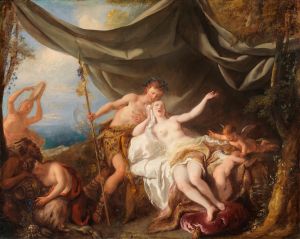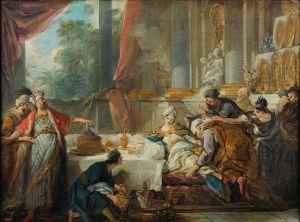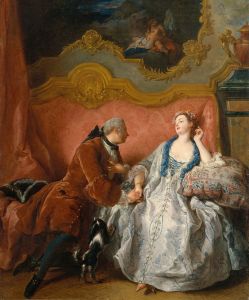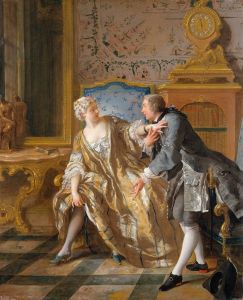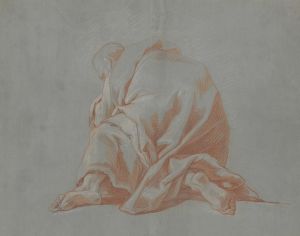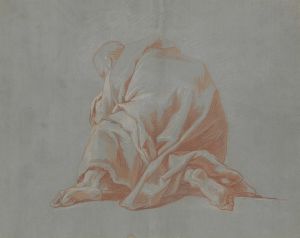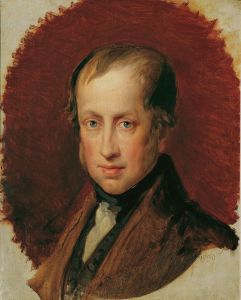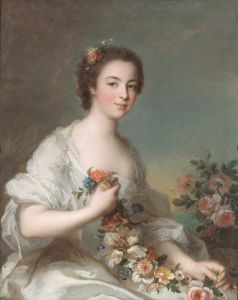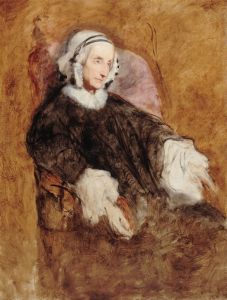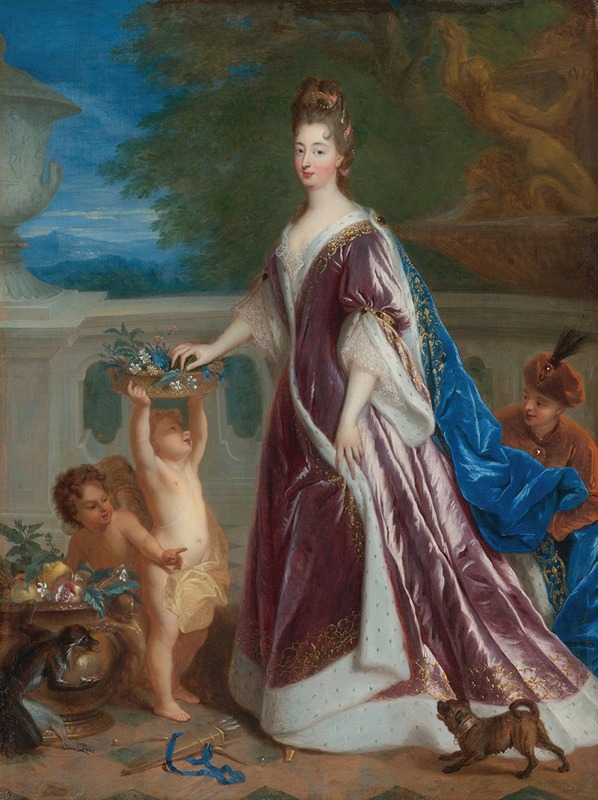
Portrait Of Elisabeth-Charlotte De Bavière, The Princess Palatine
A hand-painted replica of Jean-François de Troy’s masterpiece Portrait Of Elisabeth-Charlotte De Bavière, The Princess Palatine, meticulously crafted by professional artists to capture the true essence of the original. Each piece is created with museum-quality canvas and rare mineral pigments, carefully painted by experienced artists with delicate brushstrokes and rich, layered colors to perfectly recreate the texture of the original artwork. Unlike machine-printed reproductions, this hand-painted version brings the painting to life, infused with the artist’s emotions and skill in every stroke. Whether for personal collection or home decoration, it instantly elevates the artistic atmosphere of any space.
Jean-François de Troy was a prominent French Rococo painter known for his historical and genre scenes, as well as portraits. One of his notable works is the "Portrait of Elisabeth-Charlotte de Bavière, the Princess Palatine." This painting captures the likeness of Elisabeth-Charlotte, a significant historical figure in the French court during the late 17th and early 18th centuries.
Elisabeth-Charlotte de Bavière, also known as Liselotte, was born on May 27, 1652, in Heidelberg, Germany. She was the daughter of Charles I Louis, Elector Palatine, and Charlotte of Hesse-Kassel. In 1671, she married Philippe I, Duke of Orléans, the younger brother of King Louis XIV of France, making her the Duchess of Orléans. This marriage was politically significant as it strengthened the ties between France and the Palatinate.
The portrait by Jean-François de Troy is an exquisite representation of Elisabeth-Charlotte, showcasing the artist's skill in capturing the elegance and personality of his subjects. De Troy's work is characterized by its attention to detail, vibrant colors, and the graceful depiction of fabrics and textures, all of which are evident in this portrait. The painting reflects the Rococo style, which was prevalent during the period, known for its ornate and decorative qualities.
Elisabeth-Charlotte was known for her candid and often humorous letters, which provide valuable insights into the life and politics of the French court. Her correspondence reveals her strong personality and her sometimes critical views of court life. Despite the challenges she faced, including her husband's open relationships with male favorites and the complex dynamics of the royal family, she maintained a significant presence at court.
The portrait likely served not only as a personal memento but also as a political statement, emphasizing her status and connections within the European aristocracy. Portraits during this era were often used to convey power, wealth, and social standing, and this work by de Troy would have been no exception.
Jean-François de Troy, born in 1679, was a leading figure in the French art scene of his time. He was the son of the painter François de Troy and was trained in the arts from a young age. De Troy's career flourished as he became known for his ability to capture the essence of his subjects, whether in grand historical compositions or intimate portraits. His works were highly sought after by the French nobility and beyond.
The "Portrait of Elisabeth-Charlotte de Bavière, the Princess Palatine" is a testament to de Troy's artistic prowess and his ability to immortalize the figures of his time. It remains an important piece for understanding both the artist's oeuvre and the historical context of the period. The painting is a valuable artifact that offers a glimpse into the life of a remarkable woman who navigated the complexities of the French court with wit and resilience.









